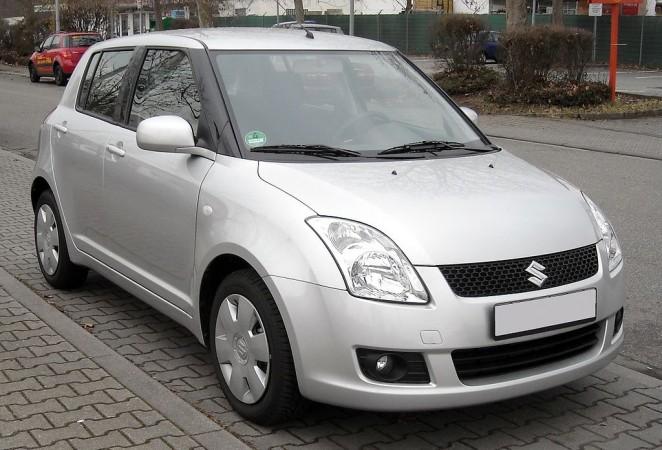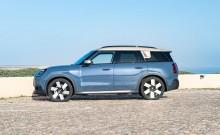
Suzuki showcased the new avatar of its popular hatchback, Swift, at the 2014 Moscow Motor Show.
The Suzuki facelift, a refreshed version of India's favourite Swift, is likely to reach the country's market during this festive season. If recent reports are to be believed, the auto enthusiasts can get their hands on to the steering wheel of the new Swift by the end of November.
The Swift facelift, a car already on sales in a few international markets is likely to retain the same body kit of the current model when it arrives in the Indian market.
The changes are likely to be few such as the reworked fog lamps with LED daytime running lights, new Boost Blue shade and a new front fascia with reworked grille, headlights and front bumper.
Under the bonnet, the new Maruti Swift is likely to retain the same tried and tested 1.2-litre petrol and the 1.3-litre Multijet diesel engines. While the petrol engine of Swift is tuned to produce a power of 87 Bhp and a peak torque of 114 Nm, the diesel motor is capable of churning out 75 Bhp of power and 190 Nm torque.
As far as the transmission of the new Swift facelift concerned, we expect it to come from five-speed manual gearbox. In the international market, there is also a four-speed automatic transmission variant on sale, but it is unlikely that Maruti will bring the same to India.
When launched in India, Maruti's new Swift will have to fight out with the models like Hyundai Elite i20, 2014 Volkswagen Polo, Fiat Punto EVO and Tata Bolt. We are not sure yet the pricing of new Swift facelift, but the rumours are that the car would price higher than the current model.
In India, Maruti will also be launching its new sedan Ciaz in the next few weeks. The company has already started the pre-launch campaign for its Ciaz and the bookings are likely to commence soon. The new Ciaz is likely to get power from the 1.4 litre K series (K14B) petrol and 1.3 litre DDIS diesel motor. While the petrol engine is expected to generate an output of out 95 PS power and 130 Nm peak torque, the diesel model is likely to pump out 90 PS power and 200 Nm peak torque.














